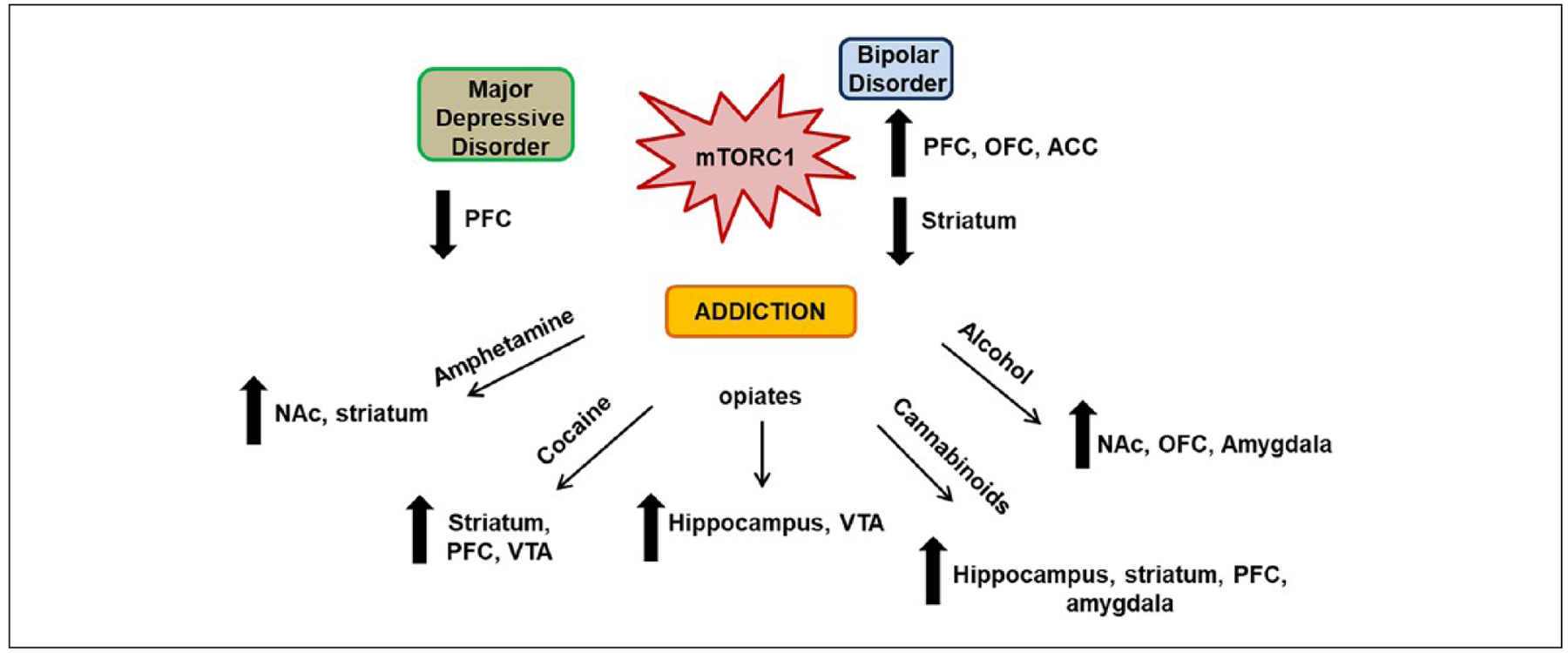Figure 7. Central role of mTORC1 in psychiatric disorders.

Increasing evidence suggest a central role for mTORC1 in the development of major depressive disorder (MDD), bipolar disorder (BD), and addiction. Malfunction in mTORC1 signaling in the PFC and consequent impairment of synaptic plasticity contribute to the pathology of MDD. Clinical studies and rodent models of BD have reported a dual involvement of mTORC1 signaling in BD pathophysiology, suggesting that mTORC1 signaling may be differentially dysregulated in striatal and cortical areas, but converging both toward the development of mania-like behaviors. Finally, mTORC1 appears as a focal point of distinct signaling cascades that govern drug-induced synaptic plasticity and consequent neuroadaptations in different reward-related brain regions. ACC = anterior cingulate cortex; NAc = nucleus accumbens; OFC = orbito-frontal cortex; PFC = prefrontal cortex; VTA =ventral tegmental area.
